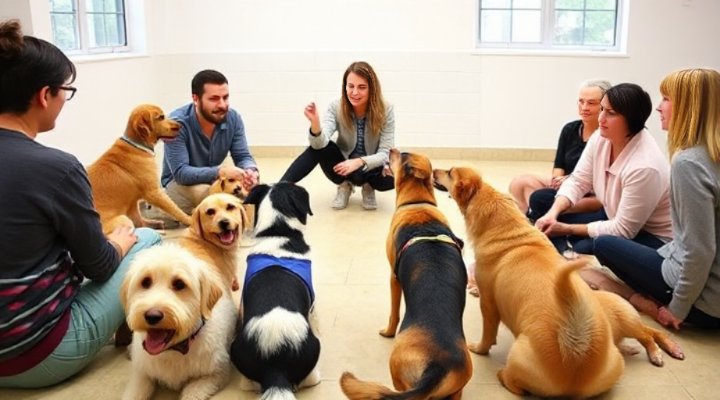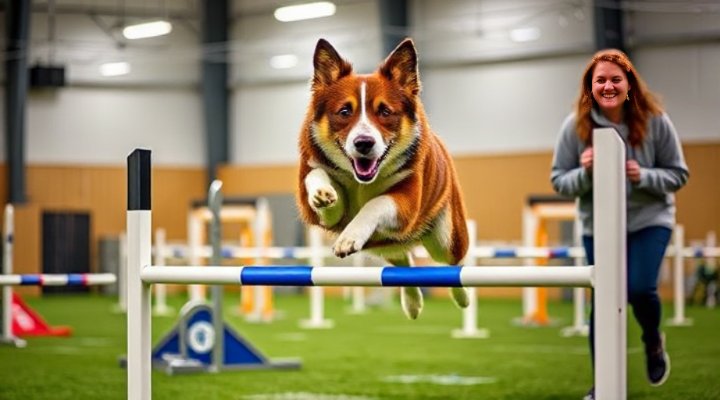Dog training is more than just teaching tricks; it’s about building a strong bond between you and your furry friend. Whether you’re starting with a new puppy or working with an older dog, understanding the fundamentals of dog training can make the process enjoyable for both of you.

The Basics of Dog Training
Before diving into advanced techniques, it’s crucial to master the basics. Commands like ‘sit’, ‘stay’, ‘come’, and ‘heel’ form the foundation of good behavior. For instance, when I first trained my Labrador, Max, we spent weeks perfecting these basic commands before moving on to more complex tasks.
Positive reinforcement is key in basic training. This means rewarding your dog immediately after they perform the desired behavior. You can use treats, praise, or toys as rewards. According to the American Kennel Club, this method is not only effective but also strengthens your relationship with your pet.

Intermediate Training Techniques
Once your dog has mastered basic commands, you can progress to intermediate training. This includes leash training, crate training (as covered in our crate training guide), and more complex commands like ‘leave it’ or ‘drop it’.
Consistency is vital during this stage. Dogs thrive on routine, so try to train at the same time each day. Keep sessions short (10-15 minutes) to maintain your dog’s focus. Remember, every dog learns at their own pace, so be patient.
Common Challenges and Solutions
Many owners face challenges like distraction or stubbornness. If your dog gets distracted easily, try training in a quiet environment first, then gradually introduce distractions. For stubborn dogs, higher-value treats or more exciting rewards might be needed.

Advanced Training Methods
For those looking to take training to the next level, advanced techniques include agility training (as shown in our agility classes guide), scent work, and even therapy dog training. These activities provide mental stimulation and physical exercise, keeping your dog happy and healthy.
Scientific methods like clicker training (explained in our clicker training article) can be particularly effective for advanced training. The precise timing of the click helps your dog understand exactly which behavior is being rewarded.

Behavior Modification
Sometimes, training goes beyond teaching new skills to addressing behavioral issues. Common problems include excessive barking, chewing, or aggression. The American Veterinary Society of Animal Behavior recommends positive reinforcement methods for behavior modification.
If you’re dealing with serious behavioral issues, consider consulting a professional trainer or behaviorist. Our behavior specialist guide can help you find the right expert.
Training Throughout Your Dog’s Life
Remember that training isn’t just for puppies. Adult and senior dogs can learn new tricks too! In fact, continued training throughout your dog’s life helps keep their mind sharp and strengthens your bond.
As your dog ages, you might need to adjust your training methods. Older dogs may have physical limitations, so be mindful of their comfort and abilities.
Related Keywords: puppy training, obedience training, dog behavior, positive reinforcement, clicker training, agility training, therapy dog training, behavior modification
